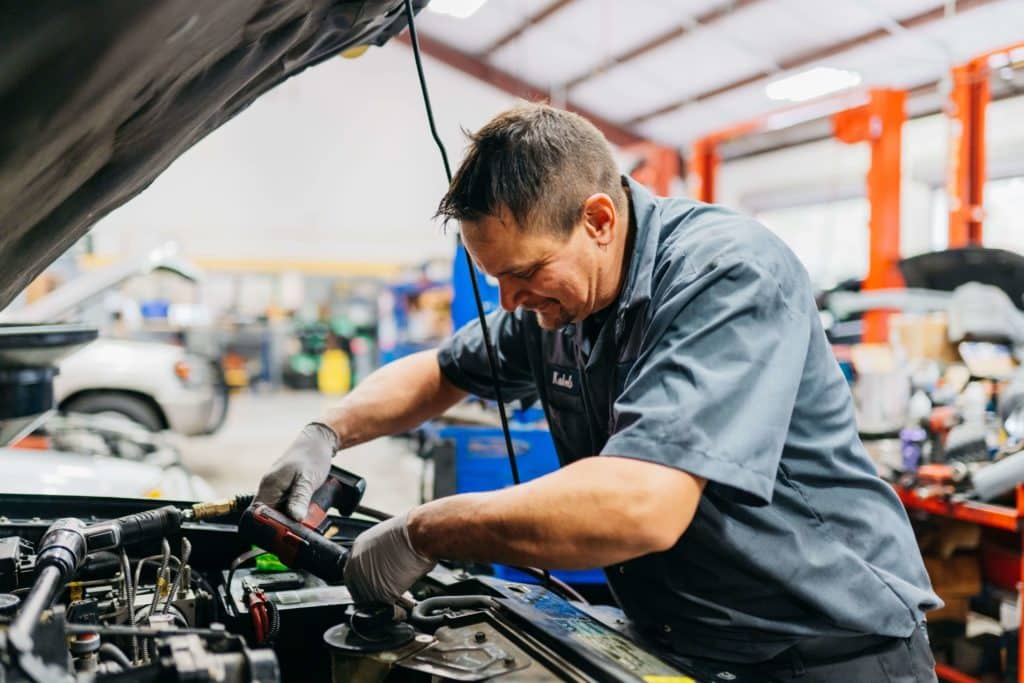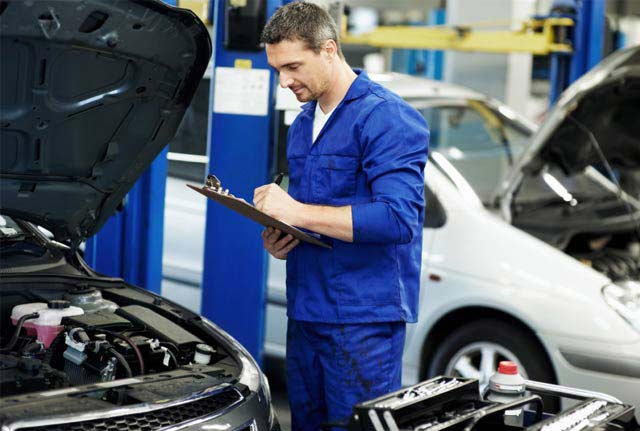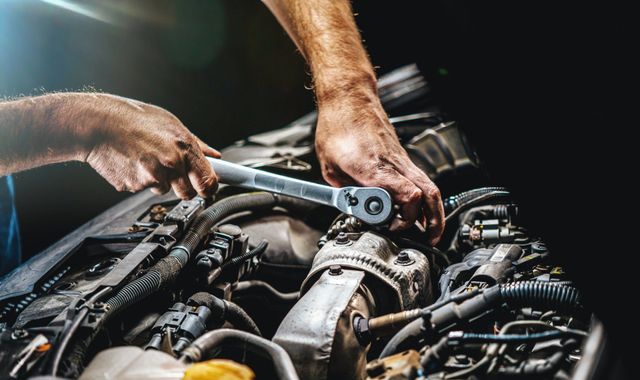All Categories
Featured

When it comes to car fixings or upgrades, among one of the most crucial decisions you'll face is whether to pick Original Tools Supplier (OEM) parts or aftermarket components. Both alternatives provide distinct benefits and disadvantages, so understanding the distinctions between them is crucial for making an educated choice. In this write-up, we'll check out the benefits and limitations of OEM and aftermarket components to aid you determine which is best suited for your cars and truck.
What Are OEM Components? OEM parts are generated by the very same supplier that made the initial parts in your vehicle. These components are created to satisfy the specific specs of your cars and truck, guaranteeing they are an exact fit and offer the very same efficiency as the parts that featured the lorry when it was initial constructed. OEM components are frequently thought about the "manufacturing facility standard" because they come directly from the vehicle's maker or a licensed provider.

One of the main advantages of using OEM components is their assured quality. Considering that these parts are made to the exact same standards as the originals, they commonly supply an ideal fit and dependable performance. In addition, lots of OEM parts come with a guarantee, giving you satisfaction that you'll be safeguarded in case of issues.
What Are Aftermarket Parts? Aftermarket components are made by third-party makers that are not affiliated with your lorry's original manufacturer. These components are designed to fit a wide array of automobiles and are typically more economical than OEM components. Aftermarket parts can be used for routine repair services or upgrades, and they often supply a broader series of choices contrasted to OEM parts.

In addition, aftermarket parts might provide far better efficiency or added functions not available in OEM options. Aftermarket exhaust systems, brake pads, and suspension components typically use improvements in efficiency or aesthetic appeals that might not be located in OEM parts.
Advantages of OEM Parts. Accuracy and Compatibility: OEM parts are created specifically for your car's make and version, ensuring they fit flawlessly and do to the precise specs required. Service Warranty Coverage: Numerous OEM components feature service warranties, offering coverage in instance of issues or premature failure. High quality Assurance: Because OEM parts are made by the original supplier, they undergo the exact same extensive quality assurance standards as the components installed in your vehicle when it was first developed. Resale Value: If you plan to market your automobile, having OEM parts can aid keep its resale value, as potential customers might be more thinking about an automobile that has been repaired with original components. Advantages of Aftermarket Components. Cost Financial savings: Aftermarket components are usually more economical than OEM components, which can be a substantial advantage if you get on a spending plan or wish to save money on repair work. Selection and Personalization: Aftermarket parts supply a wider range of options, consisting of efficiency upgrades and visual enhancements. For instance, if you intend to raise horse power or boost your automobile's appearance, aftermarket choices can offer special services. Accessibility: Aftermarket parts are usually easier to discover than OEM components, particularly for older lorries that might no more have readily available OEM components. Performance Improvements: Some aftermarket parts are designed with performance in mind, such as high-performance brakes, air filters, or exhaust systems. These components can enhance your car's general performance and driving experience. Negative Aspects of OEM Parts. Greater Cost: One of the most substantial drawback to OEM components is their cost. They are commonly a lot more pricey than aftermarket alternatives, which can add up quickly if your cars and truck needs numerous repairs. Restricted Personalization: OEM parts are developed to recover your car to its original requirements, indicating they may not supply the exact same variety of customization choices as aftermarket parts. Schedule Issues: Depending upon the age of your car, certain OEM parts may be more challenging to discover or terminated, making repair services harder. Drawbacks of Aftermarket Parts. Irregular High quality: While lots of aftermarket parts are of top quality, others may be inadequately made or do not have the durability of OEM parts. It is essential to research the producer and check out evaluations to make certain the top quality of the part you're considering. Fitment Problems: Aftermarket components are designed to fit a variety of vehicles, yet they might not constantly provide the excellent fit that OEM components ensure. This can bring about installation concerns or suboptimal performance. No Surefire Service warranty: While some aftermarket components feature guarantees, they might not be as comprehensive or resilient as those offered by OEM components. Sometimes, utilizing aftermarket components could additionally affect your automobile's warranty insurance coverage if it's still energetic. How to Choose Between OEM and Aftermarket Components. The choice between OEM and aftermarket components eventually depends upon your certain needs, preferences, and budget plan. Below are a couple of factors to consider to aid assist your choice:
Budget plan: If saving money is a concern, aftermarket components are typically the extra inexpensive option. However, realize that cheaper parts may not last as long as OEM parts, which could cause greater costs in the future. Vehicle Age and Problem: For newer vehicles, particularly those under warranty, it's usually an excellent concept to select OEM parts to maintain the automobile's stability and preserve its resale worth. For older autos, aftermarket parts might be extra functional, especially if the vehicle is no longer under service warranty or if you're trying to extend its life-span with economical remedies. Repair Service Kind: Specific critical fixings, particularly those relevant to safety (brakes, air bags, and so on), are best managed with OEM parts to make certain the highest degree of safety and performance. For non-essential repairs or alterations, aftermarket components can provide an outstanding equilibrium of top quality and price. Efficiency and Personalization: If you're trying to find efficiency upgrades or unique personalization choices, aftermarket components may be the most effective option. Numerous aftermarket suppliers design components especially for improving your car's capabilities, whether it's for better performance or visual appeals. Conclusion. Both OEM and aftermarket components have their pros and disadvantages, and the best selection depends on your certain demands and priorities. OEM components are perfect for preserving the initial high quality and efficiency of your lorry, while aftermarket components offer expense financial savings, customization choices, and a wider variety of choices. Very carefully examine your lorry's problem, the kind of fixing needed, and your budget plan to make the most effective choice for your car and your pocketbook. Regardless of which choice you choose, it's constantly smart to talk to a trusted auto mechanic that can provide support and make sure the repair work is done properly.
Latest Posts
Discover Special Auto Repair Offers in Chicago at Montclare Auto Repair
Published May 27, 25
1 min read
Reasons Routine Auto Maintenance at Montclare Auto Repair Saves You Money
Published May 25, 25
1 min read
Secure Your Home with Top Quality Residential Roofing
Published May 22, 25
1 min read